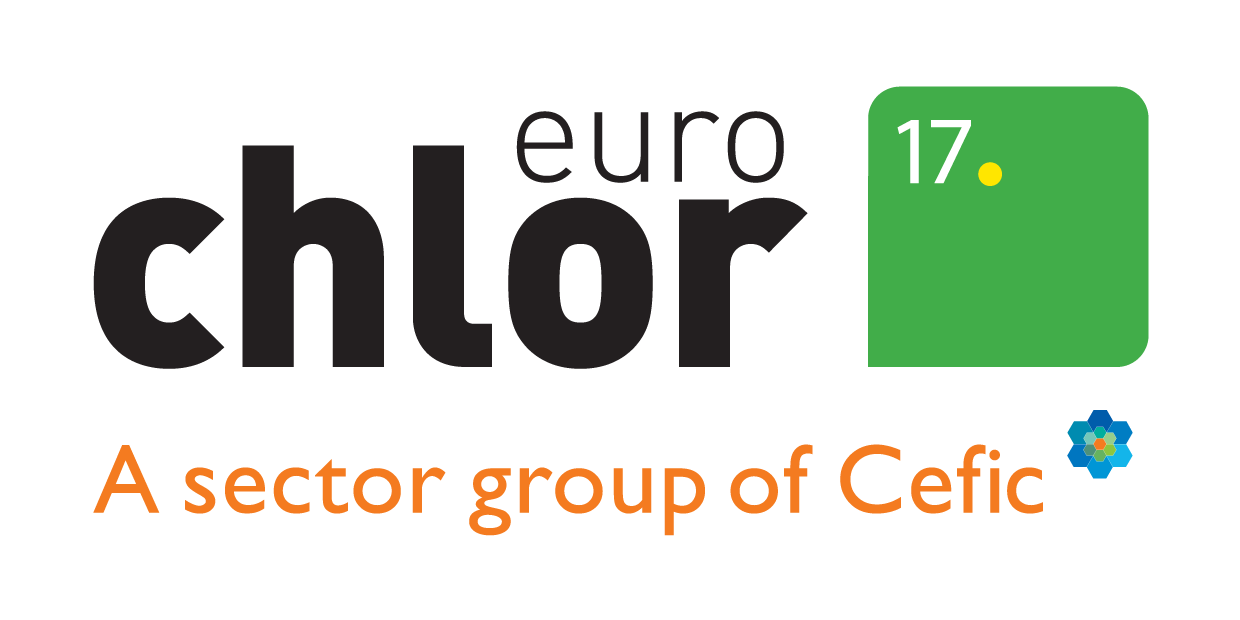The story of chlor-alkali and your favourite book
People love to read.
Books, newspapers and magazines keep up informed, educated and entertained but they also play a key role in the UN Sustainable Development Goals (SDG), particularly SDG4 on global access to Quality Education.
However, did you know that chlor-alkali chemistry can play an important role in the preparation of your favourite book?
During the production of the paper, ethylene dichloride helps to make ethylenediamine. This chemical prevents the pulp from getting too ‘bubbly’ which could ruin the final paper product. This pulp is often prepared from sodium hydroxide, another key chlor-alkali chemical that is used to make bleached Kraft and writing paper.
Paper can be made clearer, whiter and brighter using another chlor-alkali chemical, sodium chlorate used to produce chlorine dioxide, an important paper ‘bleacher’.
Recycled paper is also helped using sodium hydroxide, which can be used directly to help remove ink from old paper for re-use, or to produce sodium orthosilicate which can improve the quality of paper.
Chlor-alkali chemistry is also used to print books. Here, in the production of ethylcellulose, an important binder for flexographic printing and inkjet ink.
However, some people prefer to read on 'e-readers'. Chlor-alkali chemistry helps ensure we don’t get bored by helping to purify the silicon chloride microchips that store our favourite books.
Find out how else chlor-alkali chemistry keeps us entertained in this video.
"It's a Chlorine Thing: Having Fun" video

